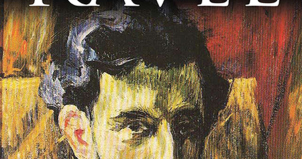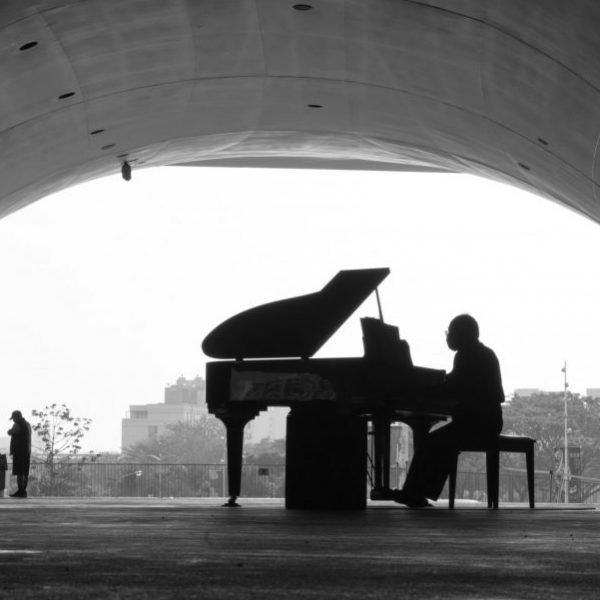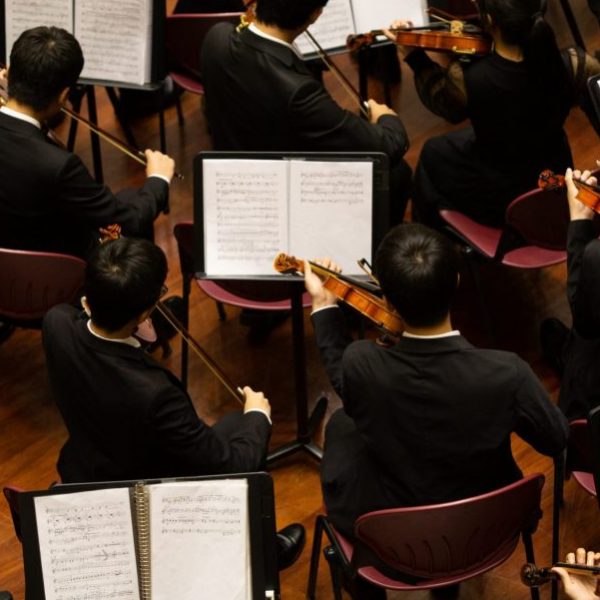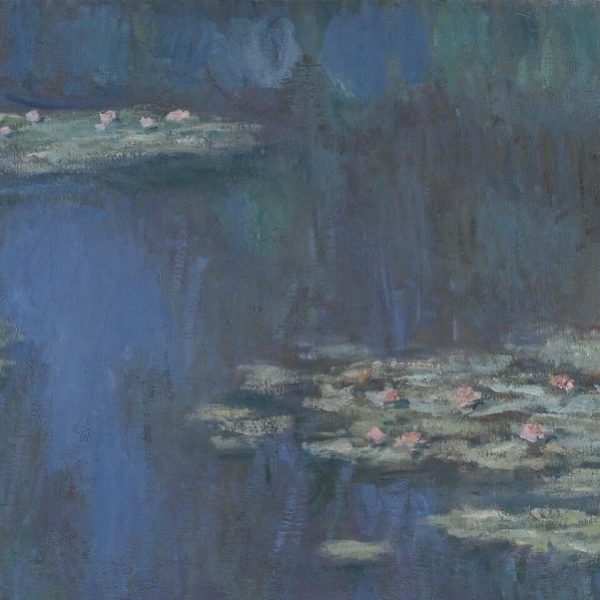Unraveling Ravel
It will soon be the 100th anniversary of the famous first performance of Igor Stravinsky’s The Rite of Spring in Paris, the orchestral-ballet piece that incited a near riot in the crowds during its premiere. Upon seeing the unusual costumes, choreography and hearing the avante-garde music, the audience hissed and shouted so loudly they drowned out the orchestra. It was said that the choreographer had to shout, counting the beat to the dancers from backstage so they could continue. In the audience that night was a friend of Stravinsky, the composer Maurice Ravel. After the concert, Stravinsky apparently asserted “the only person in Paris who understood, completely and immediately, The Rite of Spring” was Ravel.
 Indeed, Ravel was a composer whose work was also innovative and challenging, yet his work was about much more than pushing boundaries. As Roger Nichols’ biography Ravel confirms, the composer’s work was a complex combination of precision, classicism, modernism and the new. It was likely the precision of his work that led Stravinsky to call him “the most perfect of Swiss clockmakers” – a comment with mixed connotations. Yet Nichols is not concerned if that makes Ravel sound obsessed with accuracy. After all, Stravinsky too “was no slouch when it came to putting meticulous order into his music.”
Indeed, Ravel was a composer whose work was also innovative and challenging, yet his work was about much more than pushing boundaries. As Roger Nichols’ biography Ravel confirms, the composer’s work was a complex combination of precision, classicism, modernism and the new. It was likely the precision of his work that led Stravinsky to call him “the most perfect of Swiss clockmakers” – a comment with mixed connotations. Yet Nichols is not concerned if that makes Ravel sound obsessed with accuracy. After all, Stravinsky too “was no slouch when it came to putting meticulous order into his music.”
Nichols is also precise with his subject, preferring to present his careful research and let Ravel emerge for the reader. He acknowledges his subject was not a simple man, nor was his music. “If the man and his music reflect each other,” he writes, “then we should recognize that, like some of his music, Ravel the man had the capacity not merely to confuse people, but to antagonize and alienate them.”
Nichols dives deeply to enlighten the composer’s life, from his family origins to his relationships with contemporaries and friends. In one noteworthy anecdote, Ravel was surprised to find he was nominated as Chevalier de la Légion d’Honneur. He wrote to a friend, complaining of the amount of correspondence he had yet to respond to, including a dossier related to the decoration, “‘my candidacy for the Légion d’Honneur having been submitted’ – by whom? Hurry up to congratulate me; you won’t get another chance.” The composer refused this decoration despite protests from friends and criticism from the press. “As to why…” writes Nichols, “there is still no universally accepted answer.” Yet Nichols gives the readers some suggestions, from antipathy toward the government, to resentment over being one of many nominated. In fact, Ravel accepted readily awards from foreign sources. Ravel was private man, and eludes simple analysis, yet Nichols gives the reader plenty to ponder.
Accordingly, Nichols does not attempt to reduce the composer’s character, nor his music to easy labels. He presents the views of Ravel’s contemporaries, often in their own words: those who loved him, hated him, or who vehemently disagreed with his artistic vision. “I was fond of Ravel,” writes Cocteau. “But we had to be rid of musical impressionism as soon as possible. Ravel had extracted all the sparkle out of that particular firework.” Of course, Ravel would have objected to the label “impressionism,” believing it to plainly refer to painting, but such indefinable debates come with this compelling subject.




